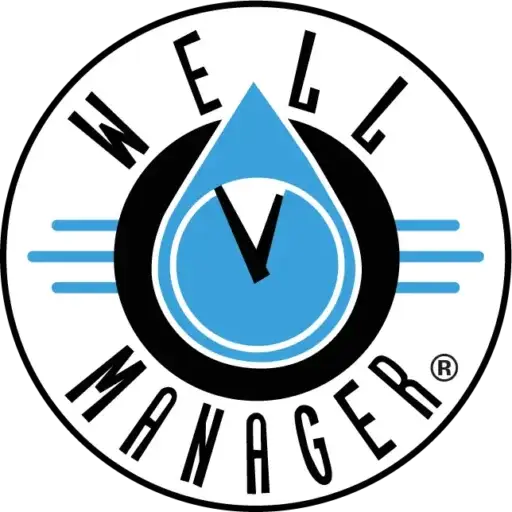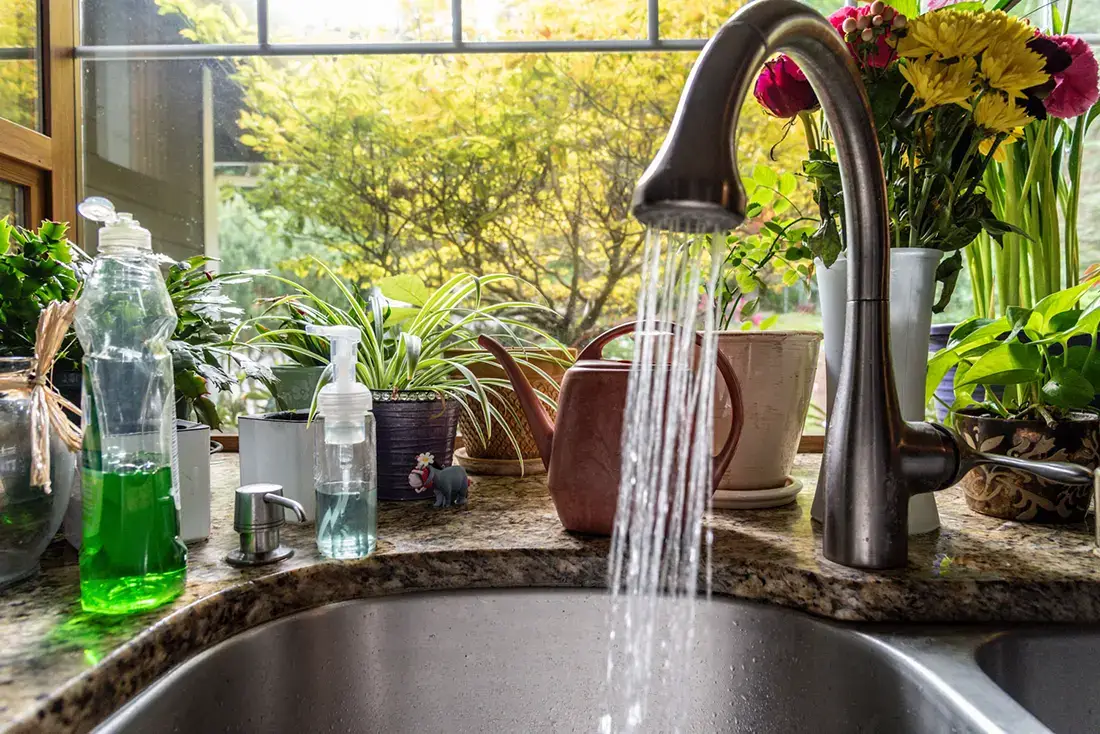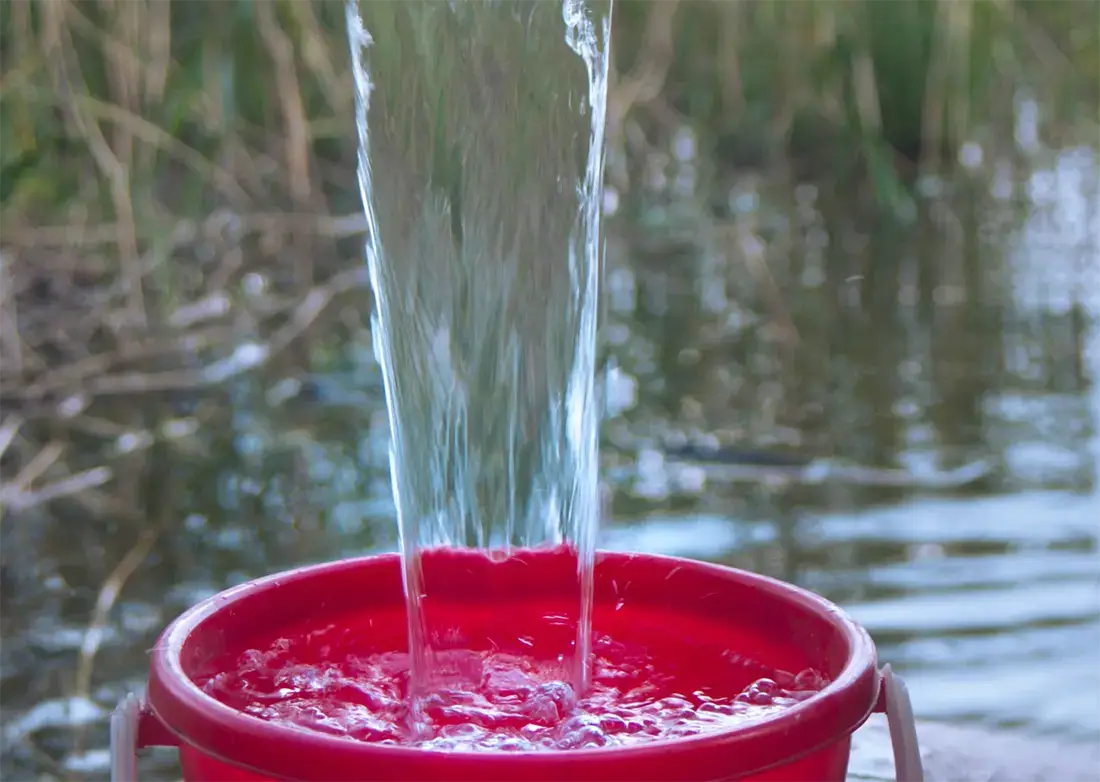Many well owners notice pressure dips whenever family routines overlap, like running laundry and taking showers at the same time. It’s natural to wonder if the system refills quickly enough once the pump stops drawing. Failing to understand the hourly recovery rate can lead to repeated shortfalls, especially if daily demand exceeds what the aquifer can replace in that window.
Looking at gallons per hour offers a practical yardstick. If the aquifer replenishes at a steady clip, water usage can continue without significant interruptions. The emphasis is that a well falling too far below a reasonable hourly recharge is at risk of creating a chronic supply challenge.
Why Focus on an Hourly Metric Instead of Minutes?
Households often have short pumping bursts, but real-life usage can stretch across the morning or evening. Knowing whether the well recovers sufficiently within 60 minutes gives a snapshot of how it handles typical peaks. If that timeframe passes without a noticeable water-level rebound, it signals a strain that may worsen if usage remains high.
Some find it helpful to measure the well’s baseline before significant use and then recheck the level after an hour of rest. When the recovery is slow, it highlights limited recharge that might only meet partial needs. The bigger picture is that an hour-based approach suits everyday life better than a brief minute-by-minute test.
Tracking how much water returns over an hour reveals whether the well can bounce back after regular tasks, ensuring families don’t deplete resources too quickly.
Does a “Good” Number Exist Across Different Regions?
Wells vary from shallow to deep, making universal figures impossible. Dryness, geology, and aquifer type all shape recovery potential. However, a few guidelines help.
- Shallow Aquifers:Often rebound faster if rainfall is consistent but can drop off rapidly in droughts.
- Deep Rock Formations:Might take extra time to refill, so 60 minutes isn’t always enough to see a robust rise.
Seasonal Influences: Spring can mask a borderline rate, while dry summers expose shortfalls.
Gauging an hourly recharge within local norms indicates a healthier well. If the number falls far below what the household demands, water supply shortfalls may become a consistent headache.
Simple Ways to Verify Declining Recovery Over Time
Spotting when a well’s performance is dipping often requires consistent, down-to-earth observation rather than elaborate testing every single day. The most straightforward method begins with logging usage patterns over weeks or months and noticing if water runs out faster than usual, especially during times that never used to strain the supply. People who meticulously track their household routines can see subtle shifts—like the shower turning cold more quickly or the faucet sputtering in the middle of washing dishes—long before an outright shortage appears. Paying attention to how often the pump cycles on and off is also revealing because if it’s starting up more frequently under the same load, that’s a good hint that the well’s recovery rate is lagging.
It helps to keep actual numbers rather than relying on memory. A straightforward approach is measuring how long the pump takes to refill the pressure tank after moderate usage—say, running two faucets for a few minutes—then writing down that time in a small notebook or a spreadsheet. If each passing month sees that refill time growing, the well may be heading toward a problematic drop in recovery. Another trick is to designate a typical day for checking water volume: run a handful of daily chores that match usual patterns (laundry, a shower, and a dishwasher cycle), then let the well rest for an hour or two. When the resting period ends, measure the flow again by quickly timing how many gallons come through a hose or faucet in one minute. Repeating this comparison every few weeks shows whether your water table or well yield has taken a downturn.
Some prefer a seasonal approach, testing every quarter: once in winter, spring, summer, and fall. Seasonal changes can profoundly affect groundwater, so a test that looks fine in rainy spring might show a noticeable decline in late summer’s dryness. It’s also wise to watch for extraneous factors like neighbors drilling new wells that may tap into the same aquifer. If your well starts to recover more slowly around that same time, it’s not just a coincidence.
Being consistent in these simple checks prevents surprises when demand spikes. If the data shows a steady decline, there’s time to adjust usage habits, install a larger storage tank, or consult an expert on whether the aquifer is under greater stress than before. A clear record of recovery rates transforms guesswork into concrete evidence, letting homeowners act proactively before low output disrupts daily life.
How to Increase Water Pressure When Recovery Falls Short
Exploring deeper solutions is wise if daily life proves the well cannot regain enough water in that 60-minute window. Some might reduce water usage or stagger big tasks, while others need professional evaluation. In certain situations, installing a dedicated water pressure booster downstream of the pressure tank can smooth out household flow during peak periods—provided the well’s hourly recovery can keep pace. Understanding the recovery rate ensures no one is caught off guard, allowing time to adapt before real scarcity sets in.
Related Reading
- Tired of Fluctuating Well Pressure? What if a Permanent Solution Ends All the Guesswork?
- Why Heavy Spring Rain Doesn’t Always Fix a Low Water Pressure Well?
- Worried About Drilling a New Well?
- Ever Wonder Why Groundwater Deserves Its Own Week?
- Surviving Spring Snowmelt in Your Low Water Pressure Well: Keeping Contamination at Bay


